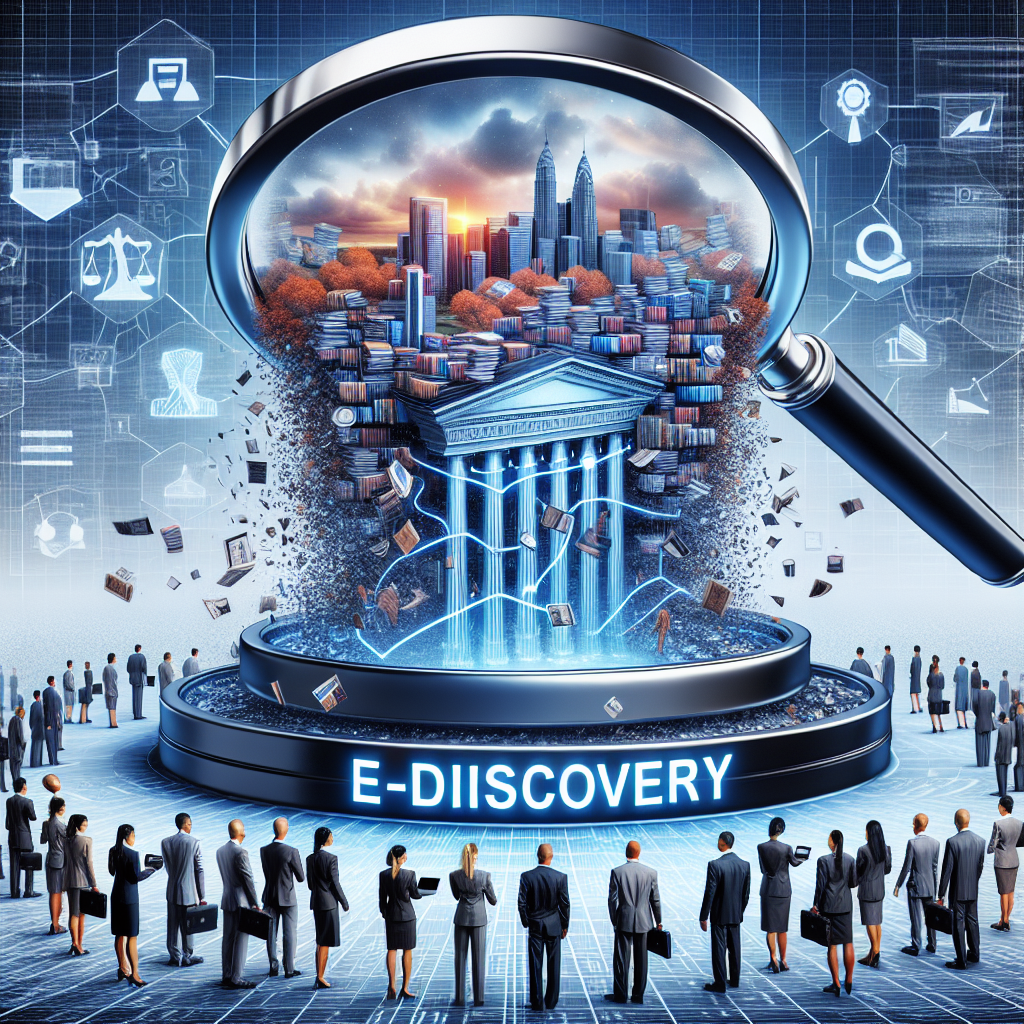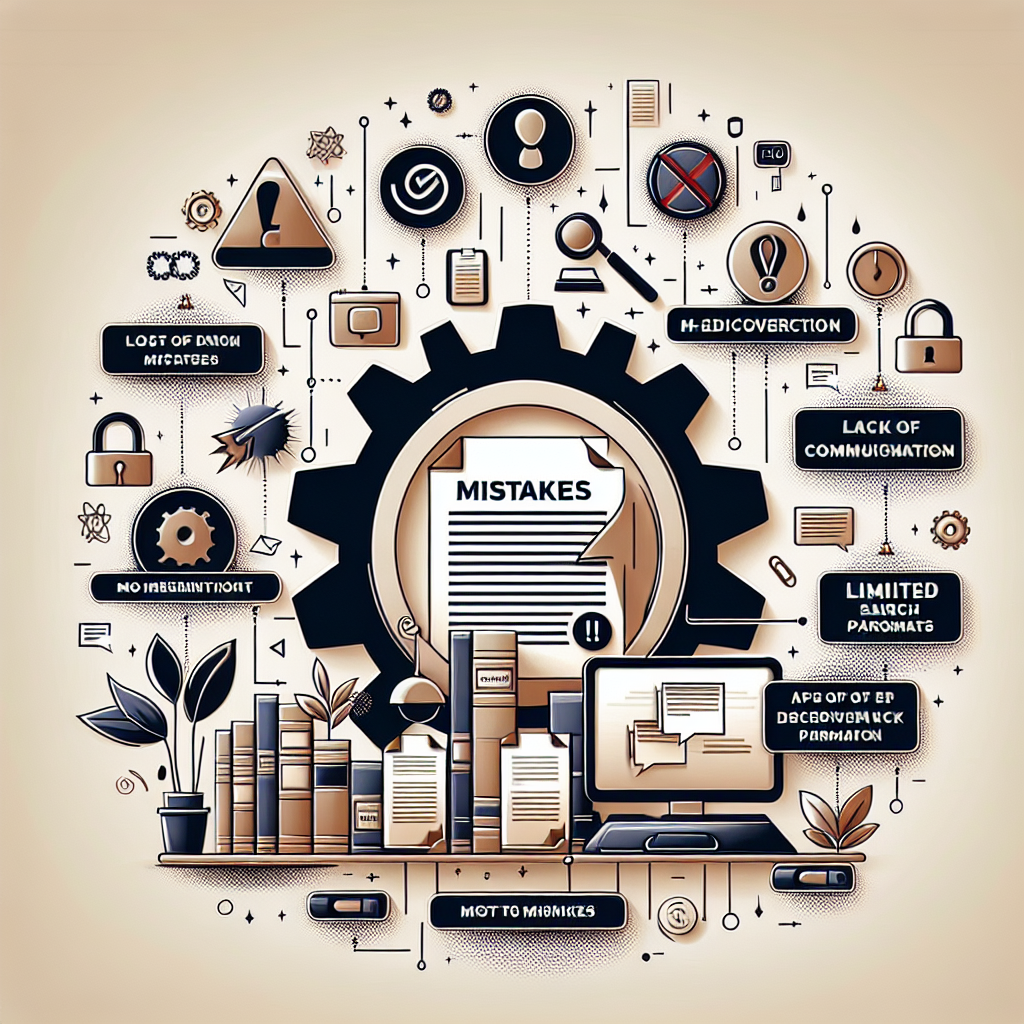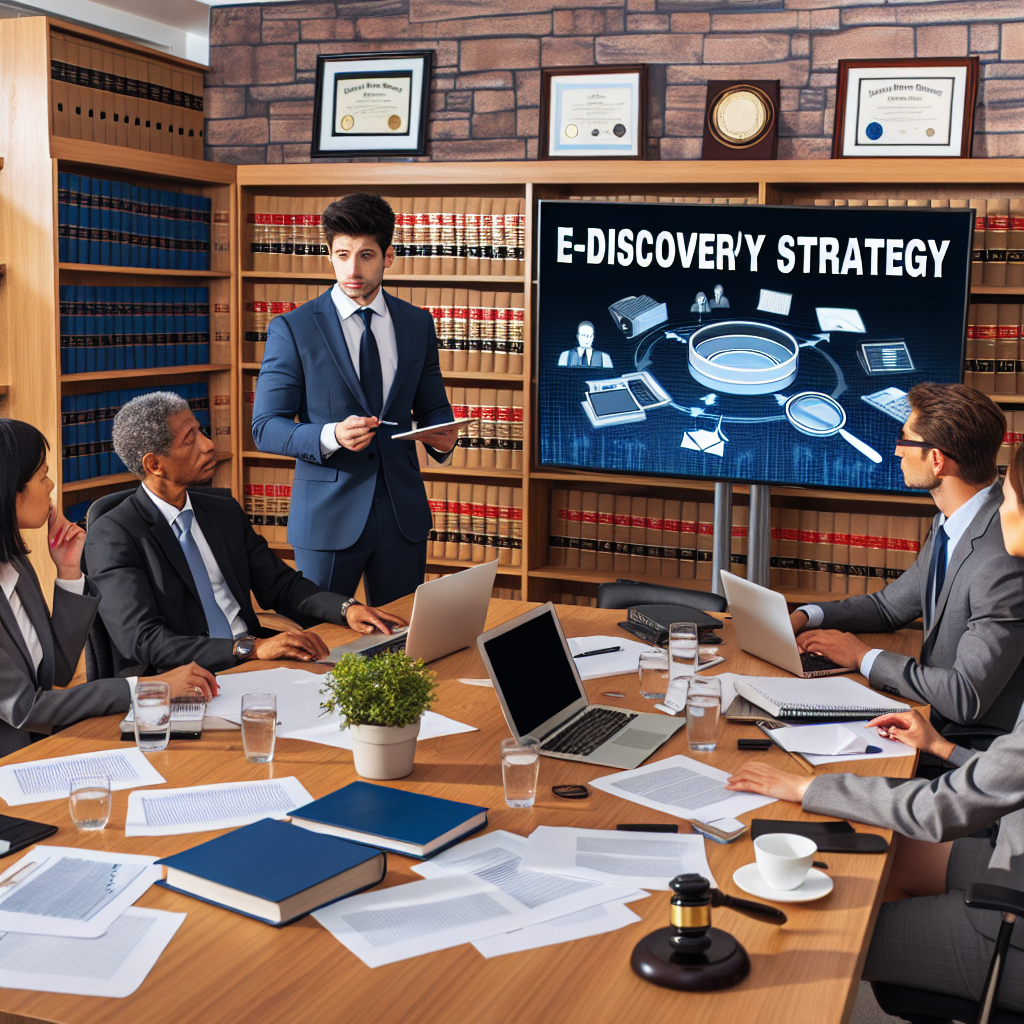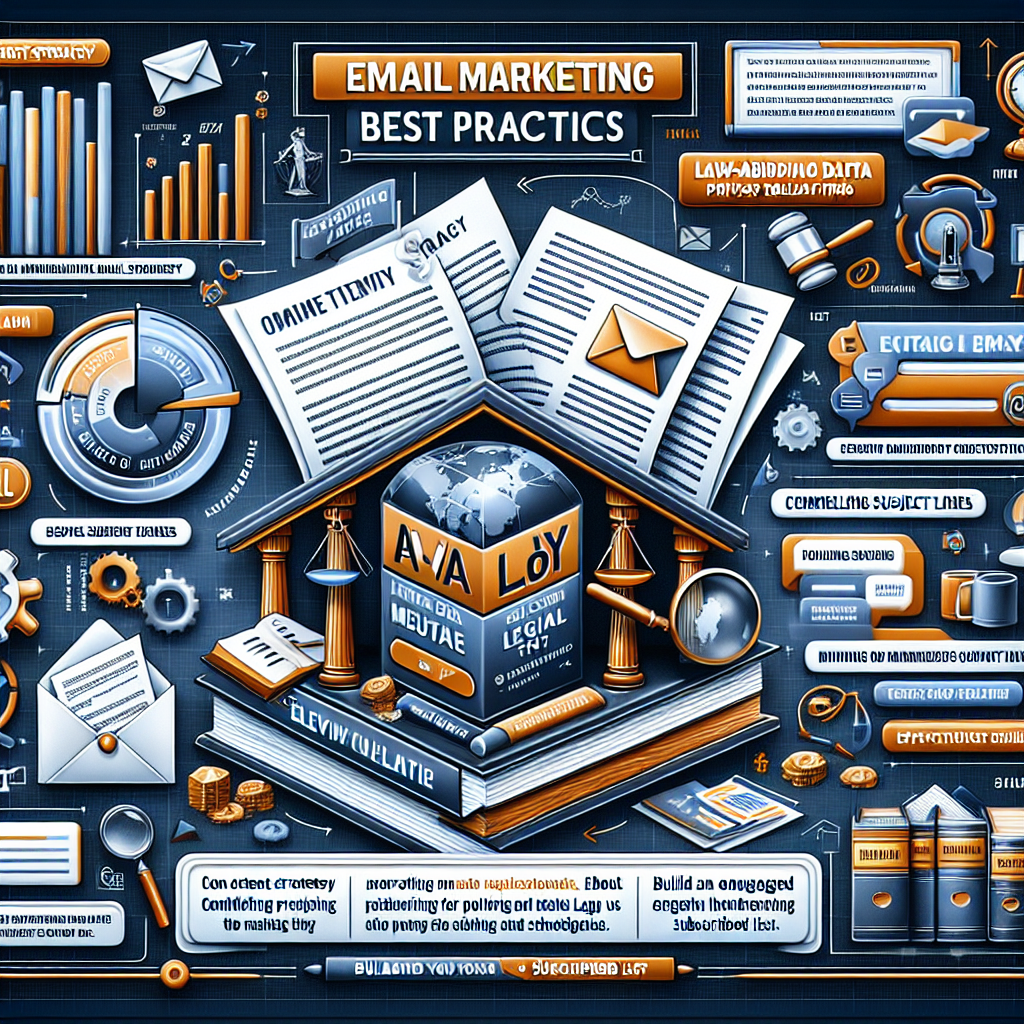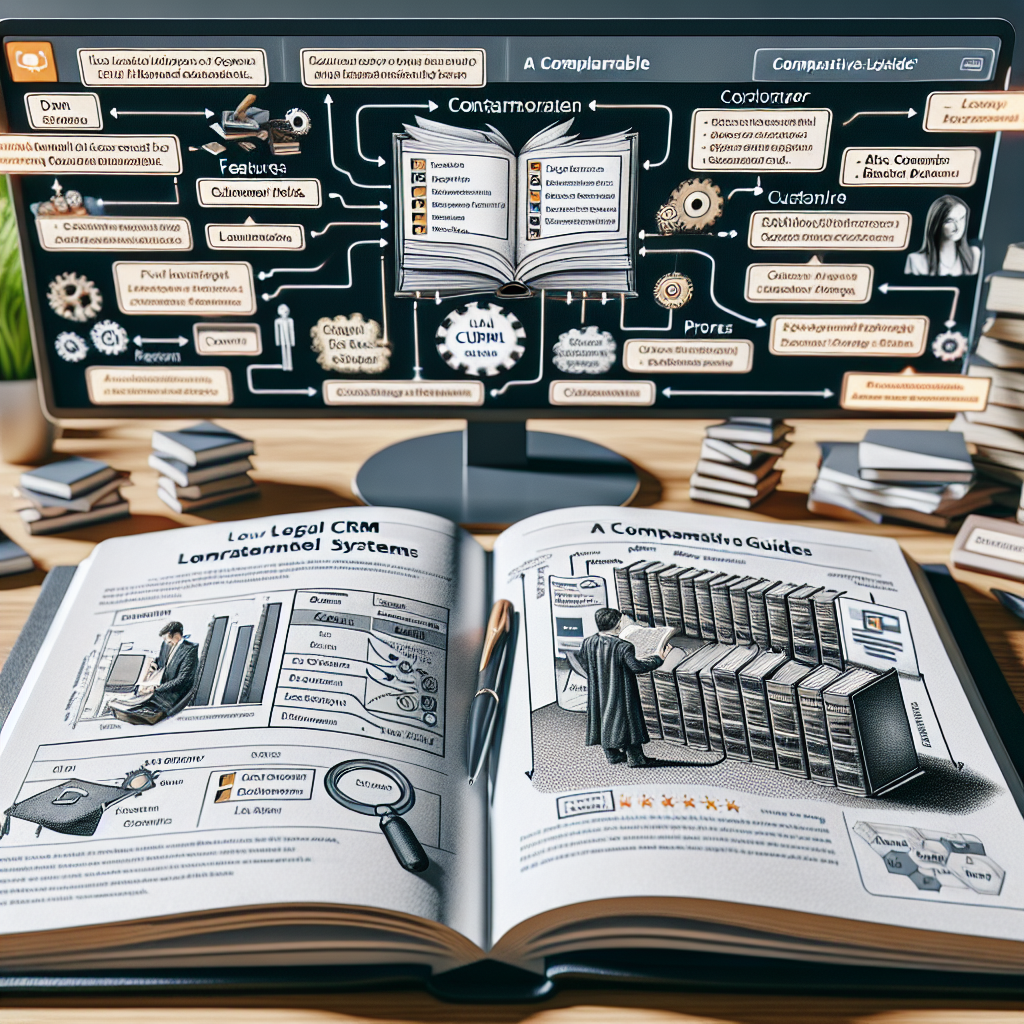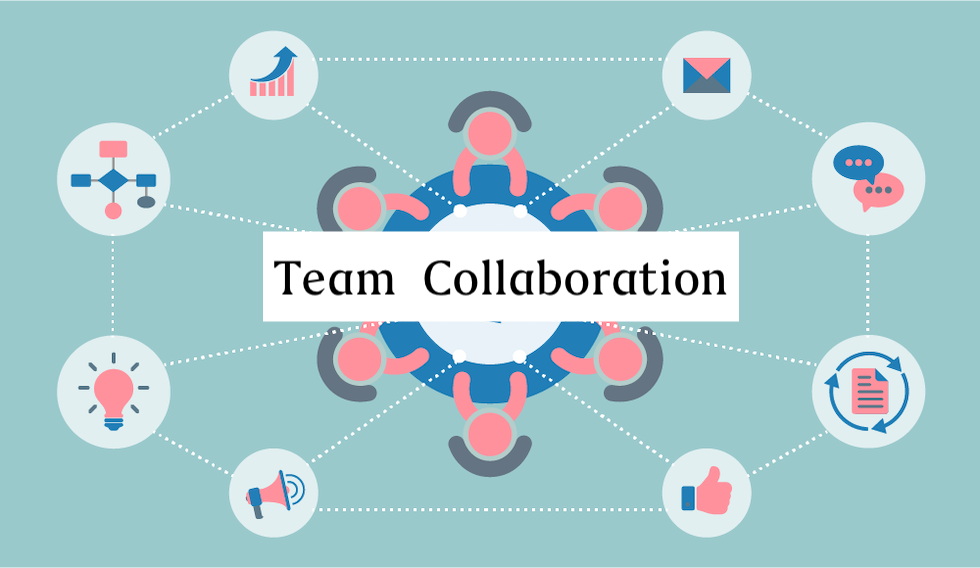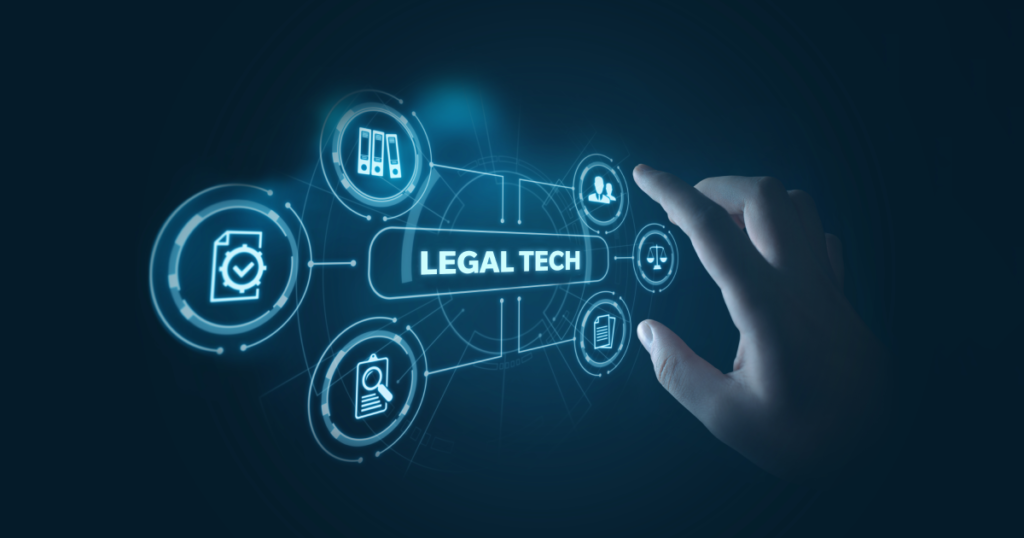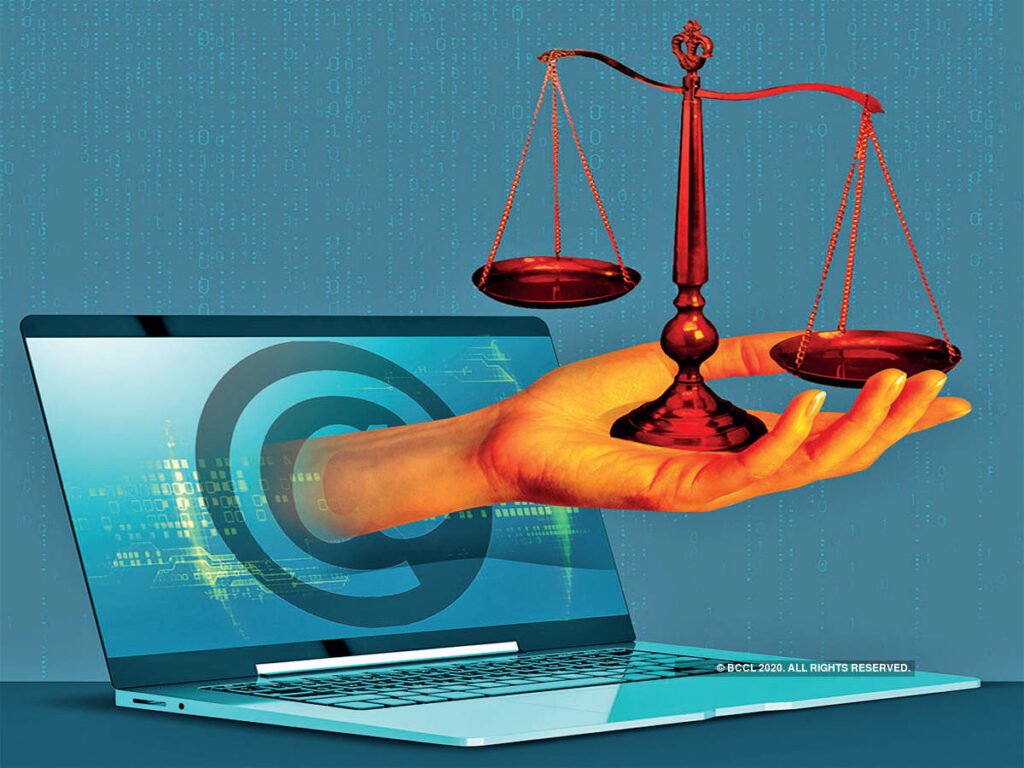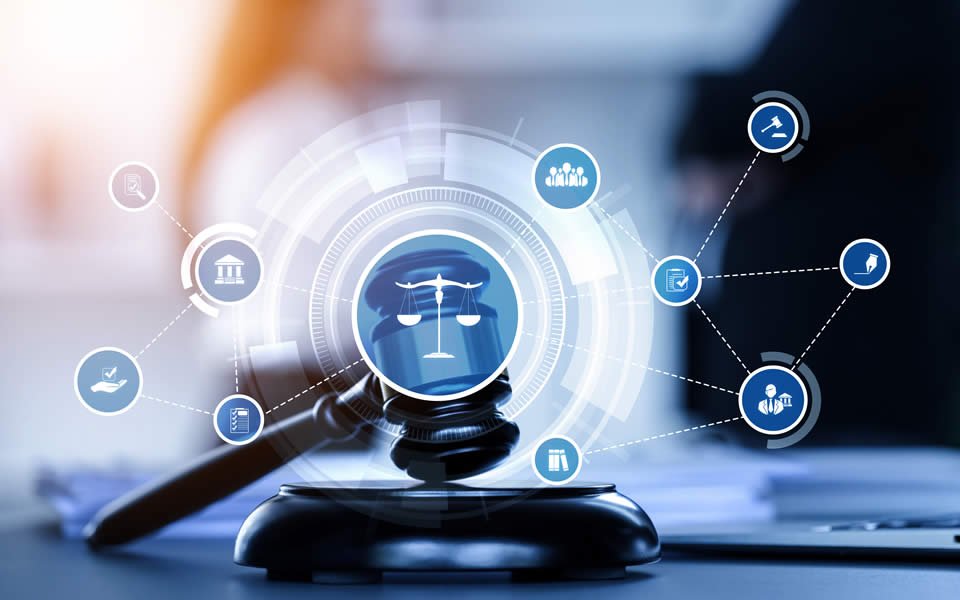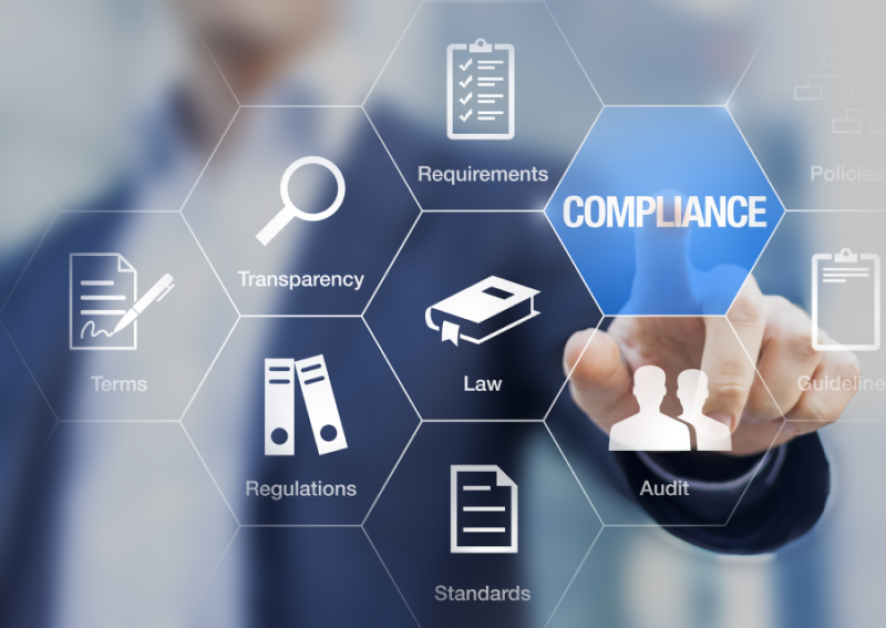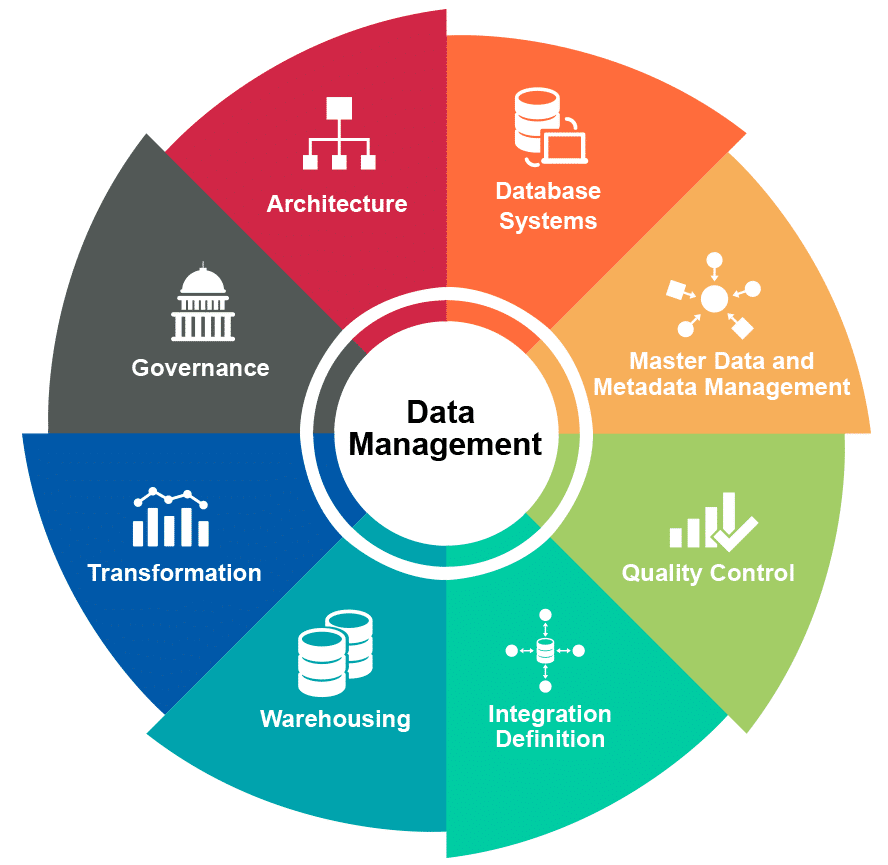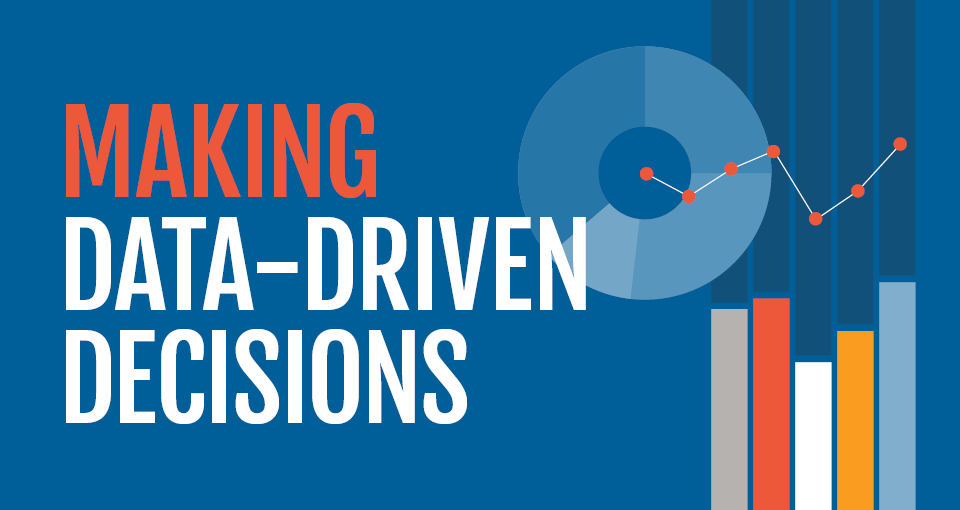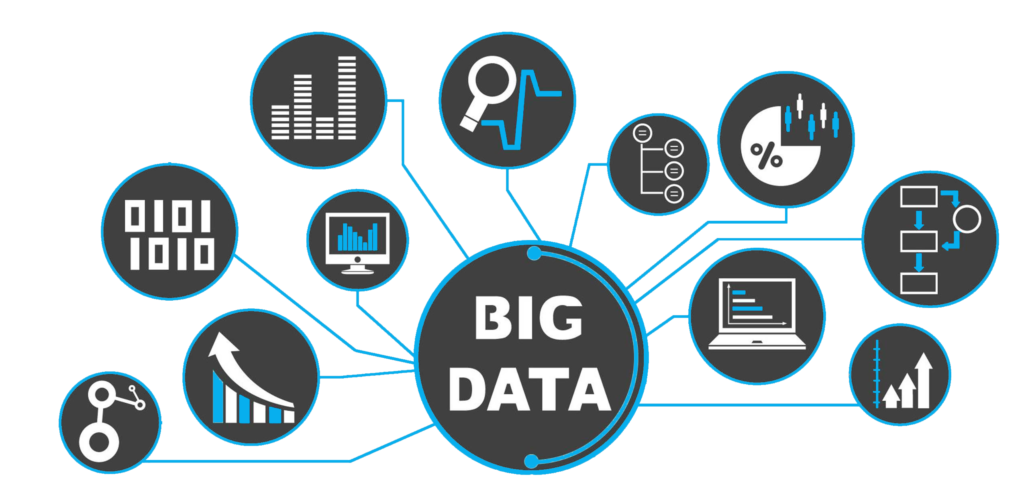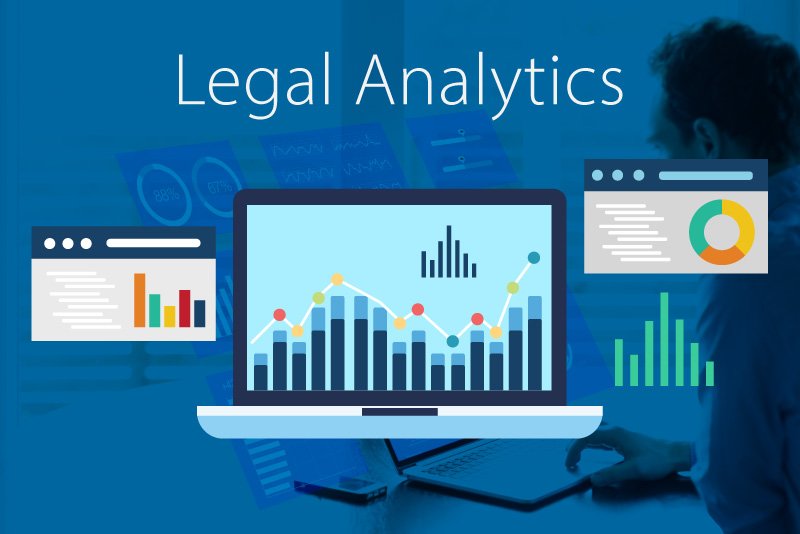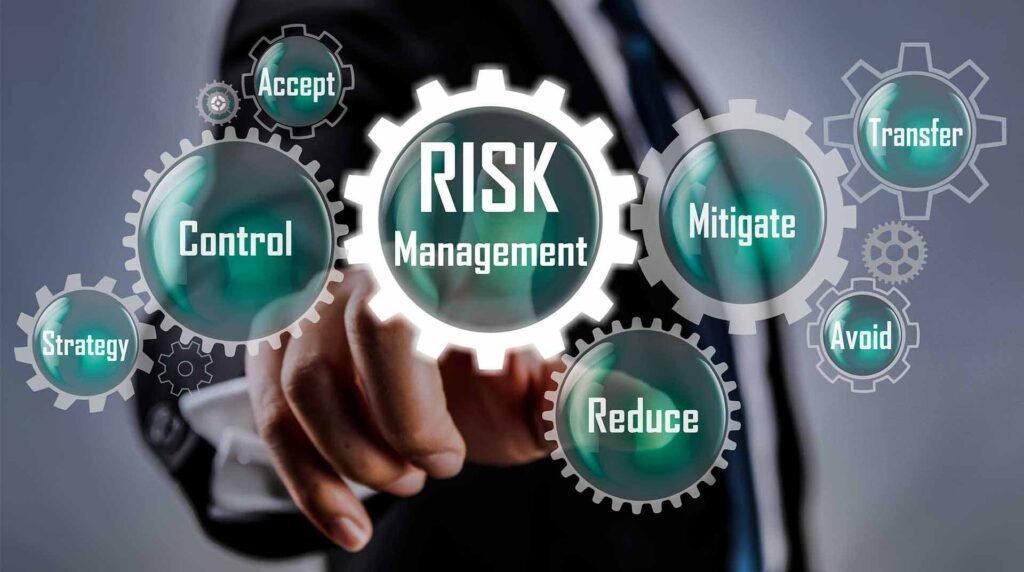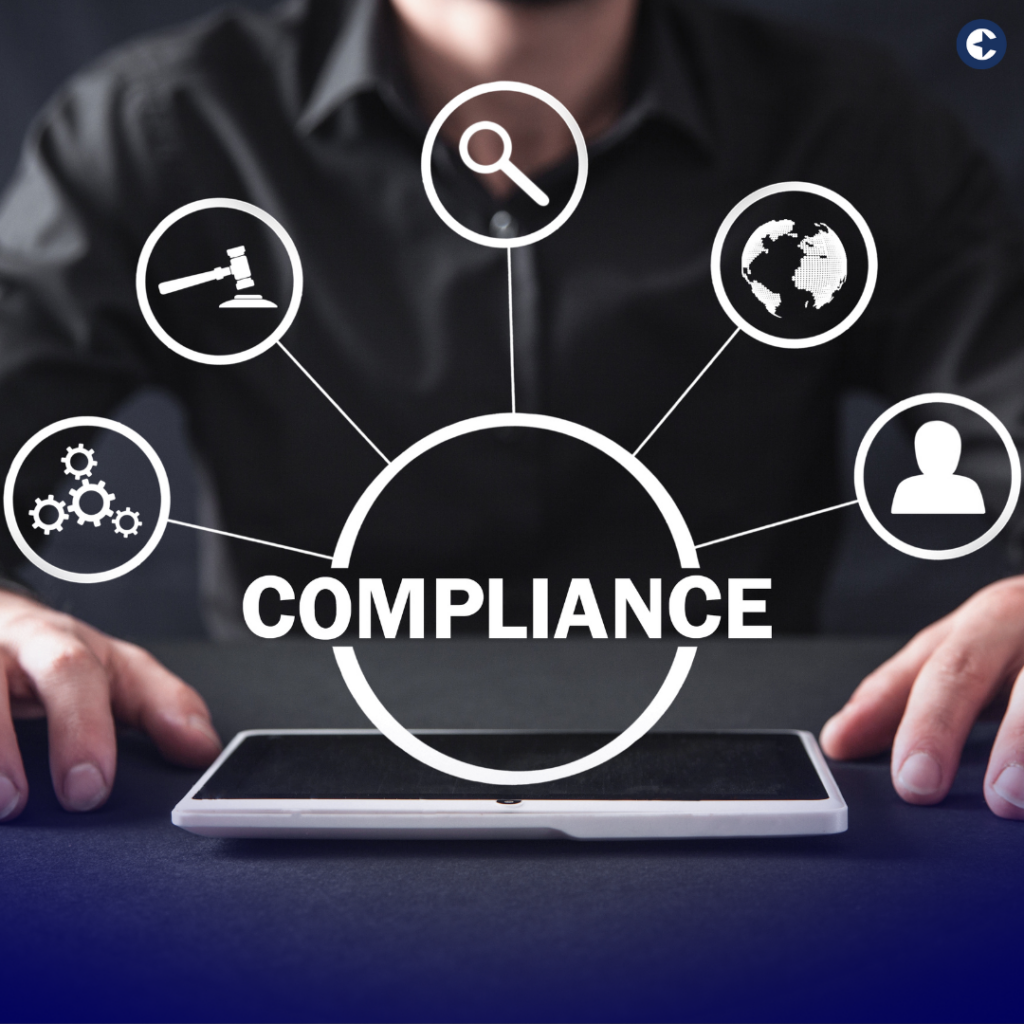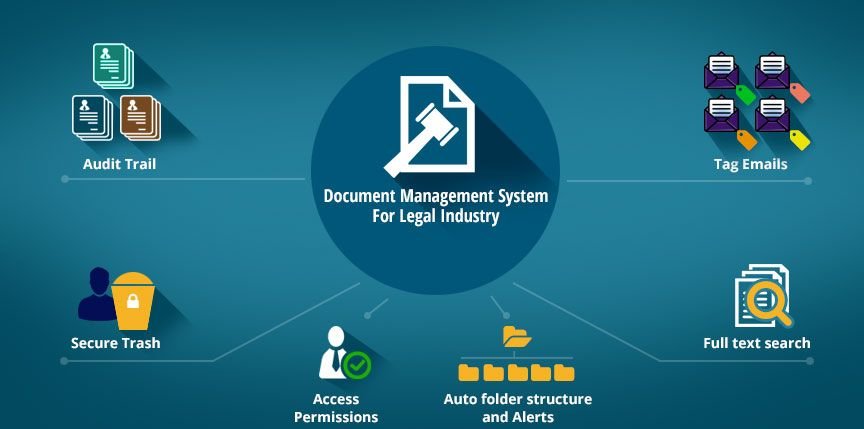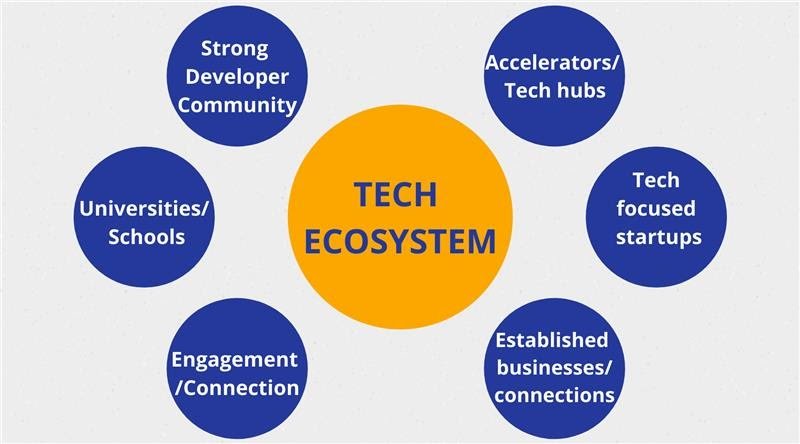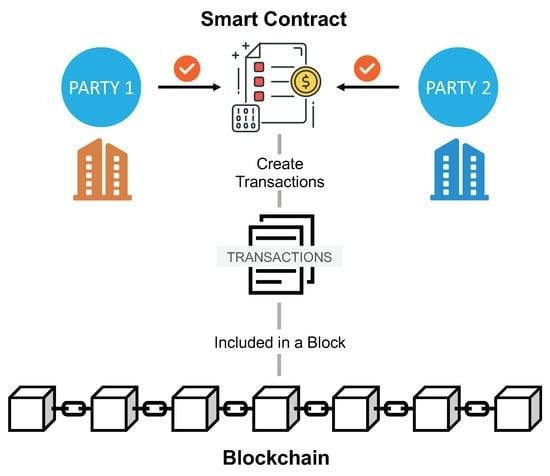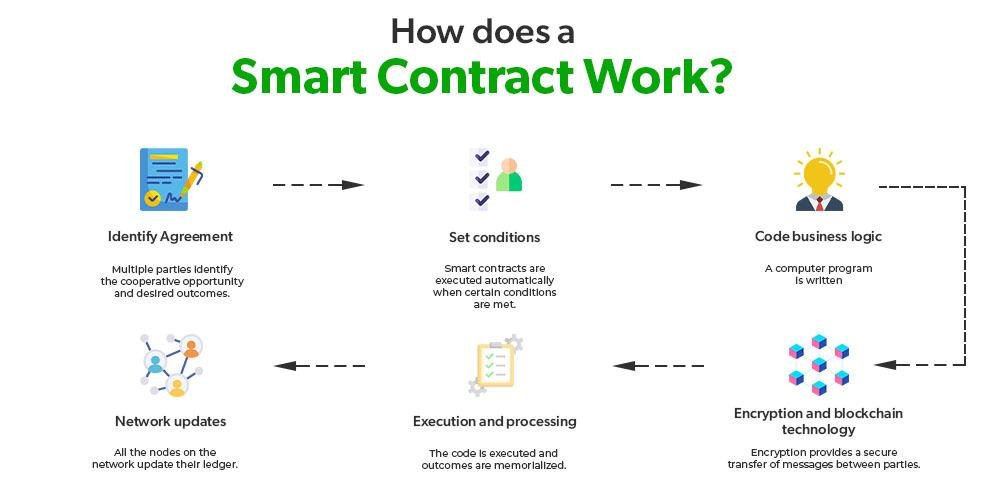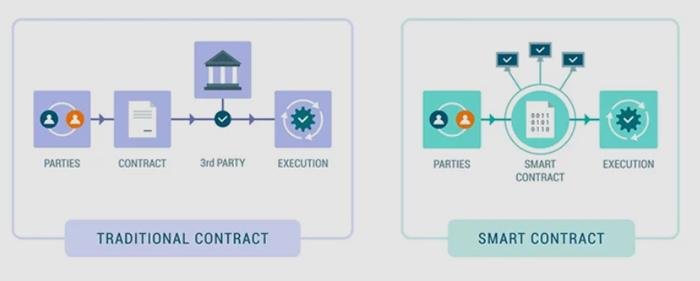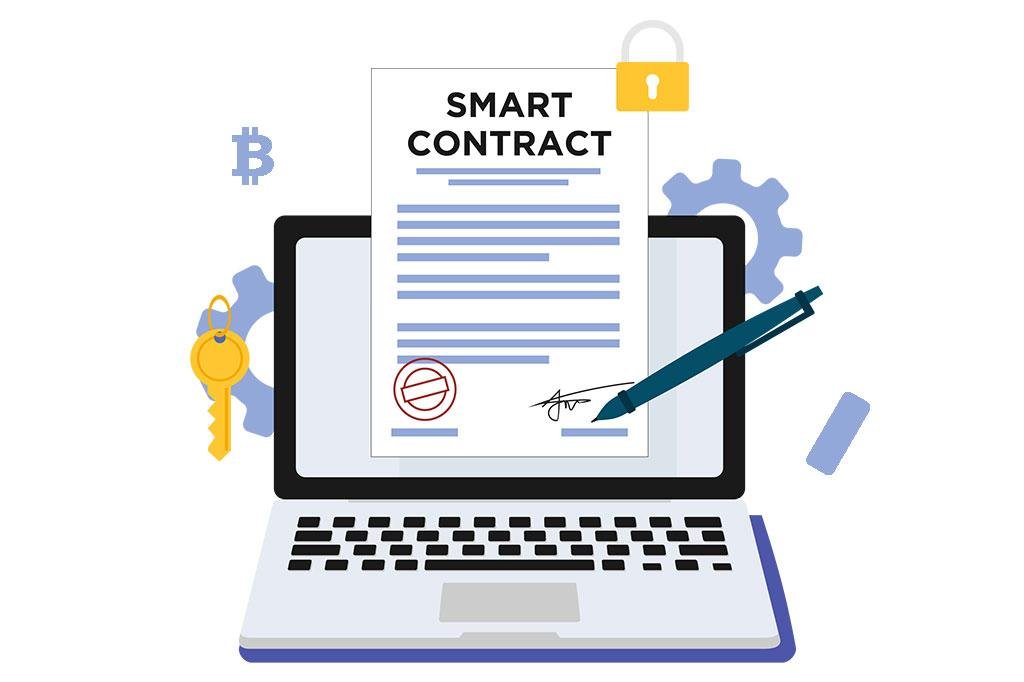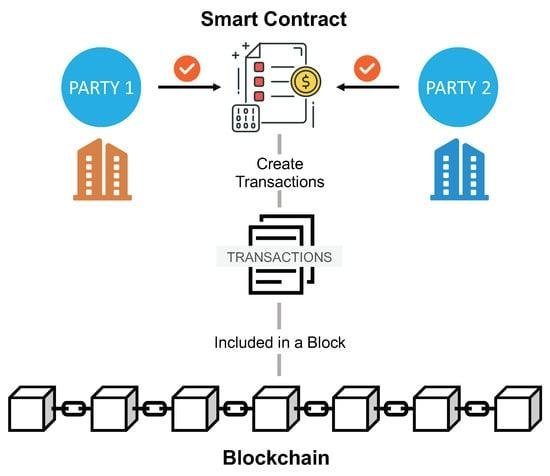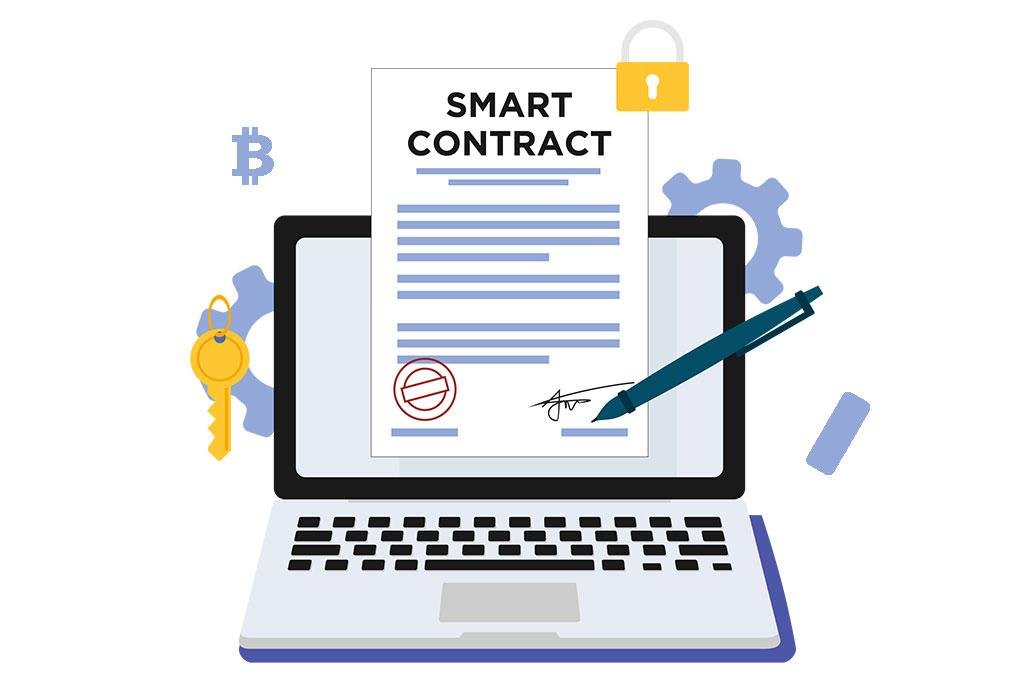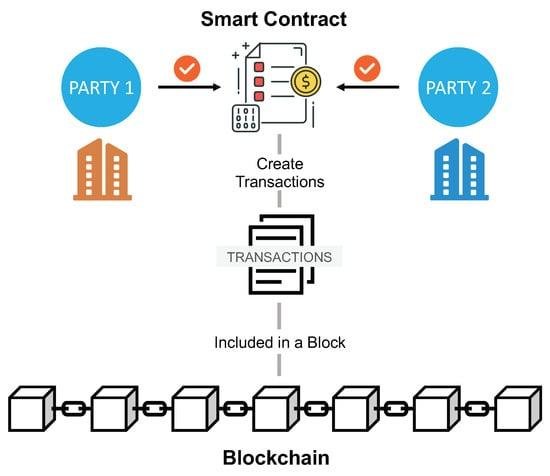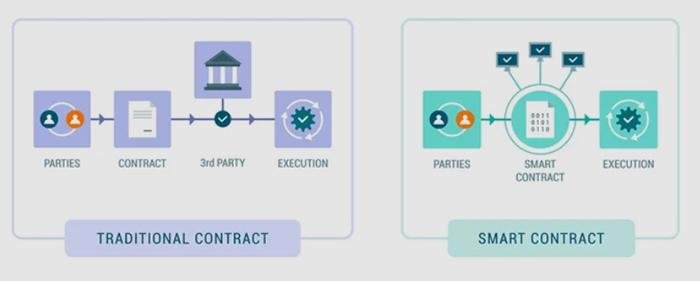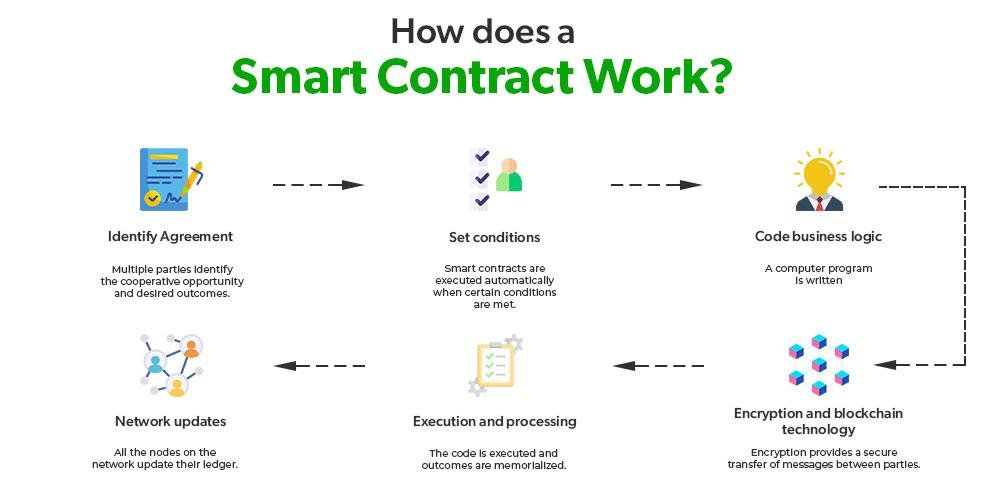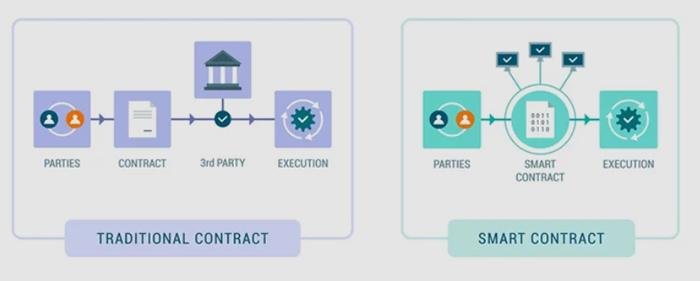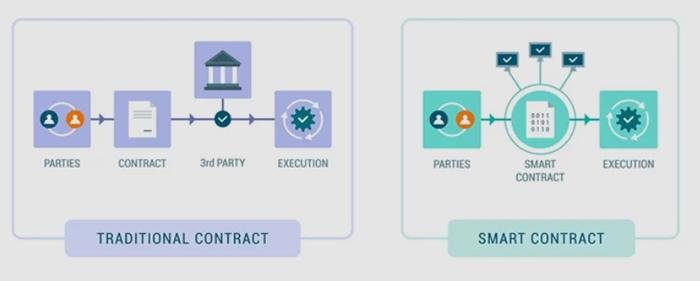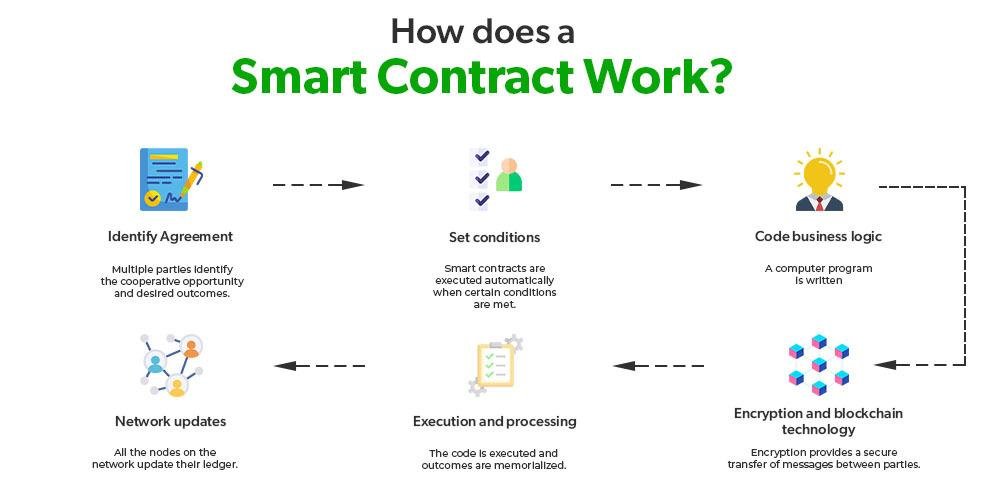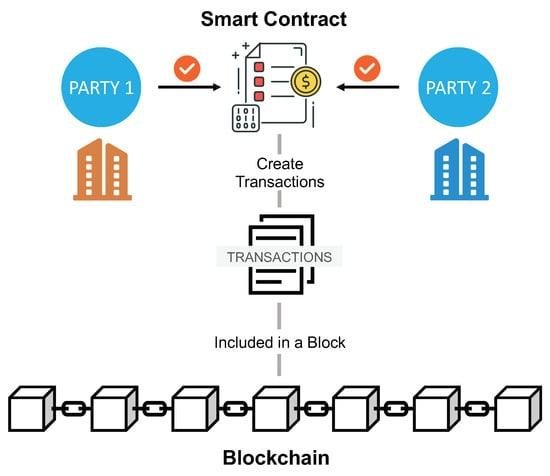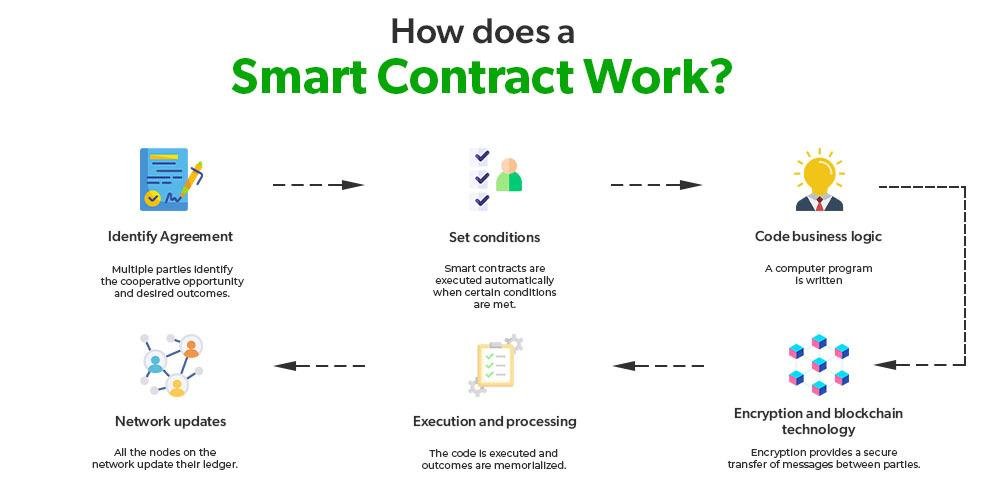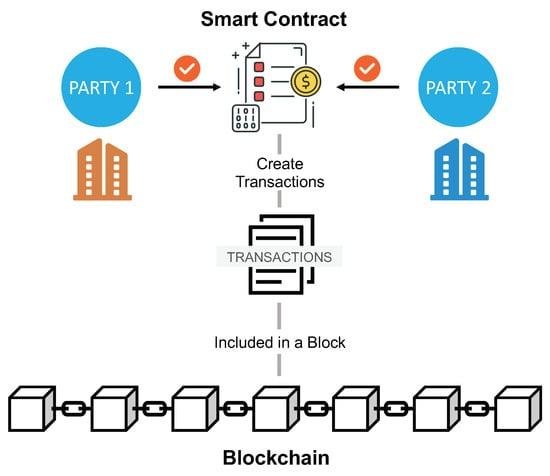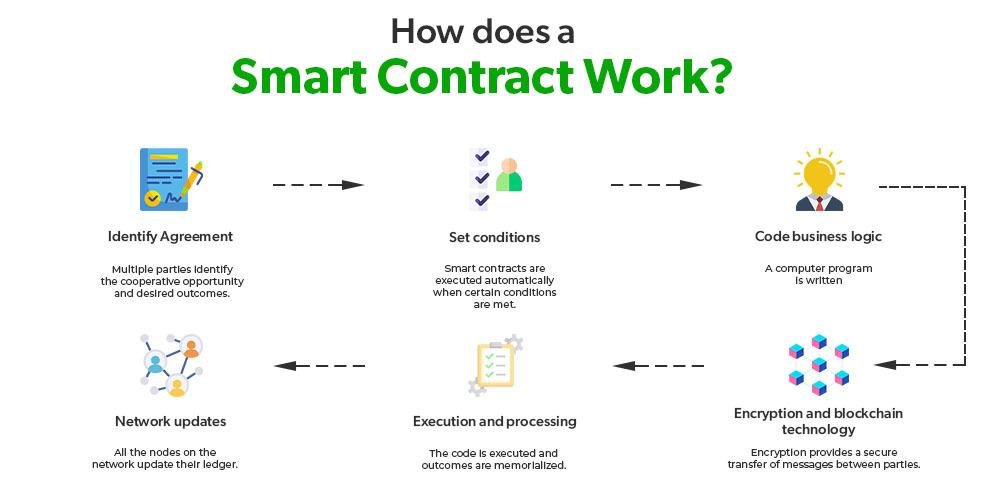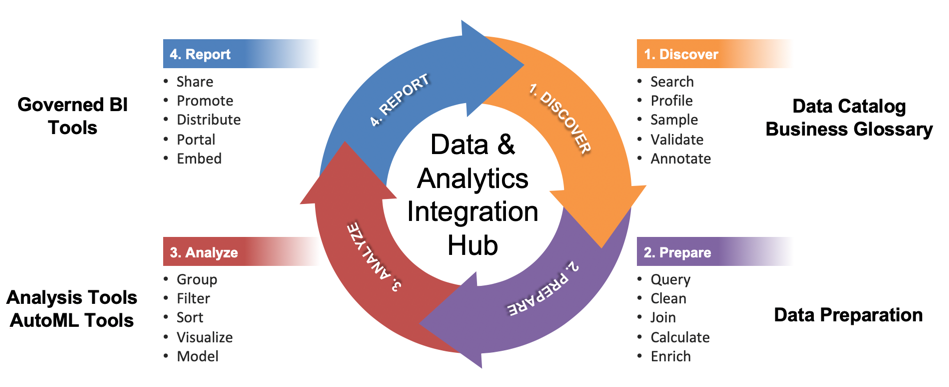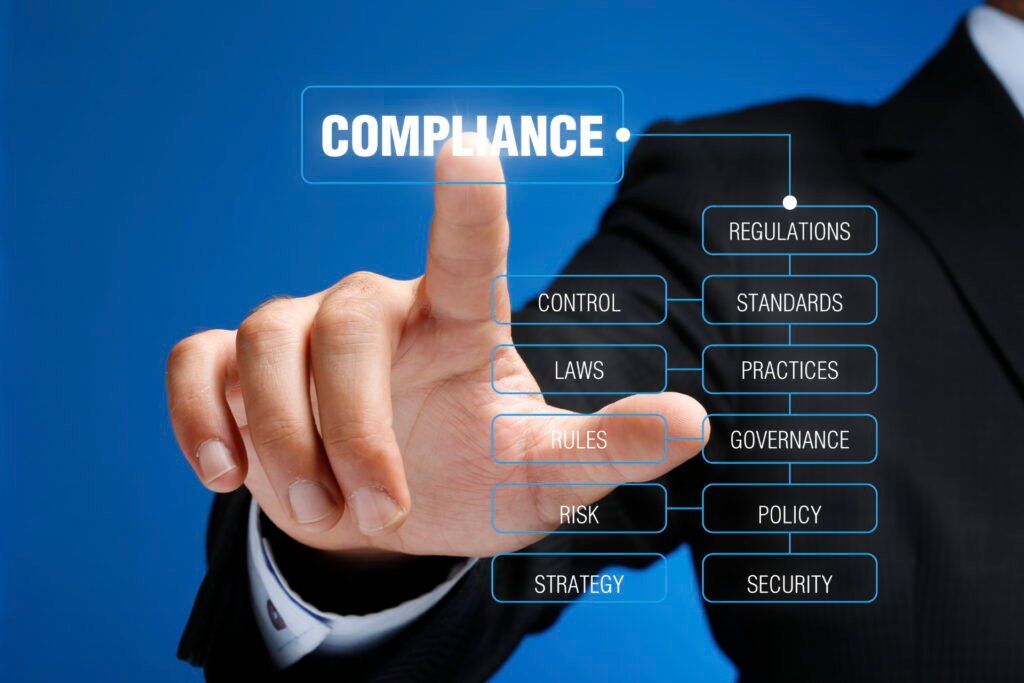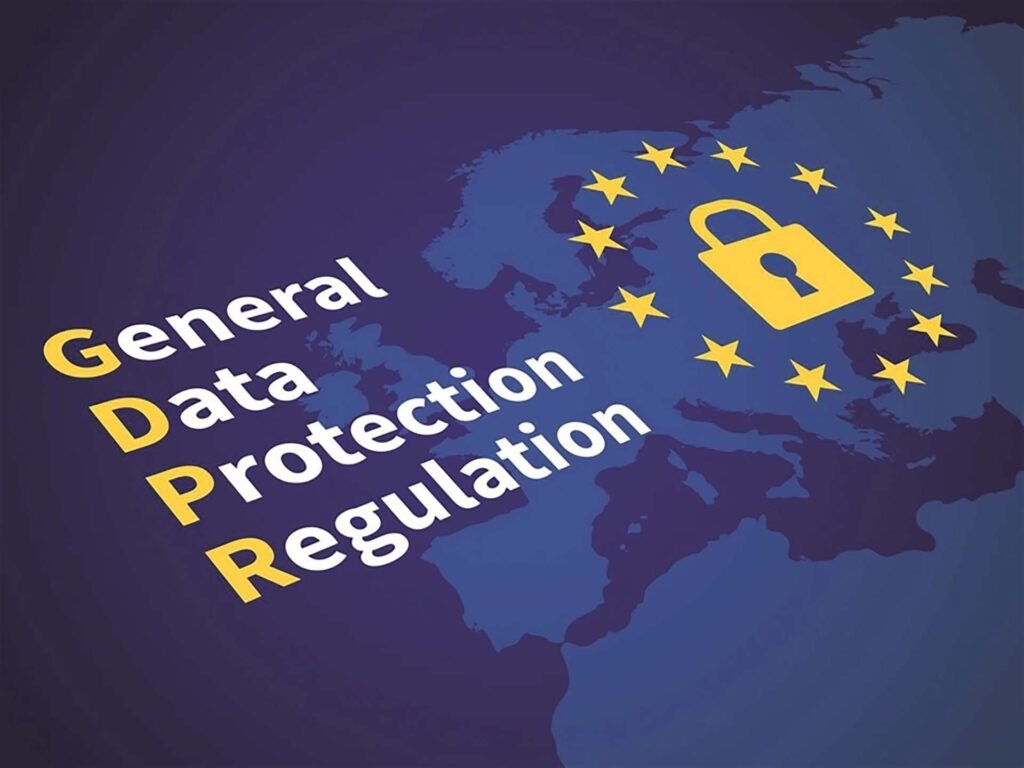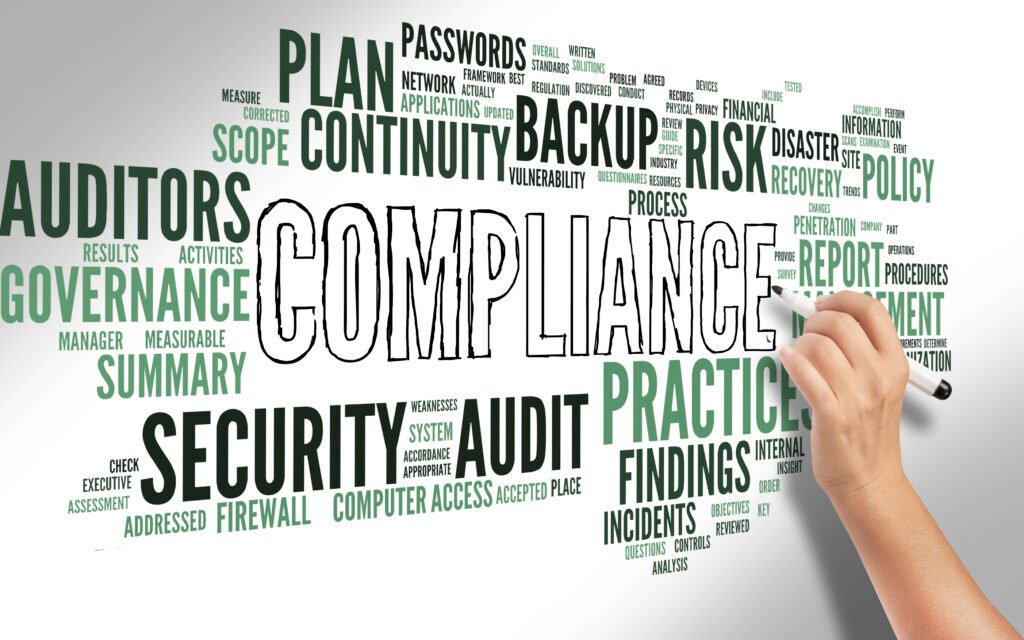Best Practices for Managing Large-Scale E-Discovery Projects

Introduction
Managing large e-discovery projects requires a smart strategy to ensure efficiency, compliance, and cost-effectiveness. Key best practices include careful planning to thoroughly outline the project, utilizing strong e-discovery tools for data processing and analysis, and fostering effective team collaboration. It’s essential to set clear objectives to guide the project and establish a defined workflow to keep everything organized. Maintaining open communication among all stakeholders is also crucial. Additionally, adhering to legal and regulatory requirements helps reduce risks and ensures the integrity of the process. By implementing these practices, organizations can effectively navigate the complexities of e-discovery, optimize resources, and achieve successful outcomes.
Effective Project Planning and Scoping
Effective project planning and scoping are vital for managing large e-discovery projects successfully. Here are key components to consider:
- Understand Project Objectives:
- Engage with stakeholders to clarify the goals of the e-discovery effort.
- Define the specific legal issues, types of data involved, and the anticipated timeline.
- Assess the Data Landscape:
- Identify data sources such as emails, documents, databases, and social media.
- Understand the volume and variety of data to determine the necessary tools and resources.
- Anticipate challenges related to data retrieval, such as formats, storage locations, and access permissions.
- Establish a Realistic Timeline:
- Create a timeline that accounts for all phases of e-discovery: identification, collection, processing, review, and production.
- Break the project into manageable milestones for monitoring progress.
- Maintain regular communication with stakeholders to keep everyone informed.
- Refine Project Scope:
- Continuously adjust the scope based on new information or changing circumstances.
- Focus on the most relevant data as the project evolves, enhancing efficiency and resource use.
- Leverage Technology:
- Use advanced e-discovery tools like predictive coding and data analytics to streamline processes.
- Integrate project management software for better collaboration and real-time updates.
Utilizing Technology for Data Collection
Using technology for data collection is crucial for large-scale e-discovery projects. Here’s how to enhance efficiency and accuracy:
- Identify the Right Technology:
- Understand the types of data involved and the sources from which it will be collected.
- Choose technology solutions that meet the project’s specific needs.
- Implement Automated Data Collection:
- Use automated data collection software to gather information from various sources (emails, documents, databases, cloud storage).
- Automation reduces human error and speeds up the data collection process, allowing teams to focus on analysis and review.
- Ensure Data Integrity and Security:
- Employ tools that safeguard data during collection.
- Implement encryption, secure transfer methods, and audit trails to document the data collection process.
- Prioritizing security helps mitigate risks and ensures compliance with regulations.
- Leverage Advanced Analytics:
- Use analytics tools like predictive coding and machine learning to identify relevant documents quickly.
- These tools streamline the review process and uncover critical information.
- Stay Updated on Emerging Technologies:
- Regularly evaluate and update data collection tools and methodologies.
- Attend industry conferences, participate in training, and collaborate with technology vendors to explore new solutions.
- Foster Continuous Improvement:
- Encourage a culture of ongoing learning and adaptation to handle e-discovery challenges effectively.
Implementing a Robust Review Process
A strong review process is essential for managing large-scale e-discovery projects effectively. Here’s how to ensure efficiency, accuracy, and compliance:
- Define Clear Objectives:
- Grasp the legal obligations and the specifics of the case at hand.
- Set specific goals for the review process to tailor strategies accordingly.
- Prioritize documents based on relevance and importance.
- Engage stakeholders early to align expectations and foster collaboration.
- Select the Right Technology:
- Use advanced e-discovery tools with AI and machine learning to speed up document identification.
- Ensure technology complements human expertise; a hybrid approach often works best.
- Establish a Well-Defined Workflow:
- Outline each stage of the review process, from data collection to final production.
- Develop an organized method to maintain uniformity and minimize mistakes.
- Incorporate quality control measures, such as regular audits and feedback loops, to improve accuracy.
- Provide Training and Foster Communication:
- Offer comprehensive training on technology and the legal context of the case.
- Encourage open communication among team members to promote collaboration and knowledge sharing.
- Schedule regular check-ins to keep the team aligned and motivated.
- Stay Adaptable:
- Be open to adjusting strategies and workflows as new information or challenges arise.
- Flexibility helps teams respond proactively to unforeseen issues, keeping the project compliant and on track.
You May Also Like: The Future of E-Discovery in Remote Legal Work
Ensuring Compliance and Legal Considerations
Managing compliance and legal aspects is crucial for successful large-scale e-discovery projects. Here are key points to consider:
- Understand Relevant Laws and Regulations:
- Familiarize yourself with the Federal Rules of Civil Procedure and applicable state and international laws.
- Stay informed about legal requirements to prepare for potential litigation and ensure e-discovery processes align with these standards.
- Implement a Data Governance Strategy:
- Develop a strategy that includes data classification, retention policies, and data mapping.
- Properly categorize data to streamline the e-discovery process and easily locate relevant information.
- Establish clear retention policies to avoid accidental deletion of critical data, which can lead to compliance issues.
- Encourage Collaboration Among Stakeholders:
- Foster teamwork between legal teams, IT departments, and external vendors.
- Clearly define roles and responsibilities to enhance the response to legal requests.
- Open communication is key to efficiently identifying and preserving electronically stored information (ESI).
- Invest in Compliance-Supporting Technology:
- Utilize advanced e-discovery tools that automate data collection and analysis.
- Look for features like audit trails and data encryption to protect sensitive information.
- Leveraging technology improves efficiency and strengthens compliance efforts.
- Provide Training and Education:
- Conduct regular training for employees involved in e-discovery to understand their responsibilities and legal implications.
- Promote a culture of awareness and accountability to reduce the risk of non-compliance.
- Conduct Regular Audits and Assessments:
- Regularly evaluate e-discovery processes to identify areas for improvement.
- Make adjustments based on audits to stay ahead of compliance challenges and adapt to legal changes.
Managing Team Collaboration and Communication
Effective team collaboration and communication are crucial for successful large-scale e-discovery projects. Here are key points to consider:
- Foster Open Dialogue:
- Encourage team members to share insights and updates.
- Promote transparency to identify potential issues early.
- Hold regular check-ins, both formal and informal, to align on objectives and share progress.
- Utilize Collaborative Tools:
- Use project management software and secure messaging apps for real-time communication.
- Centralize information to reduce miscommunication and ensure everyone is informed.
- Clearly define roles and responsibilities to minimize confusion and enhance accountability.
- Maintain Flexibility in Communication:
- Be adaptable in communication methods and frequency to respond to project dynamics.
- Increase updates or switch to immediate channels during critical issues to keep everyone informed.
- Foster a supportive environment where team members feel engaged and responsive.
- Manage External Communication:
- Keep clients informed about project progress to build trust and professionalism.
- Provide regular status updates through reports or emails to manage client expectations.
- Solicit client feedback for valuable insights that can enhance project direction.
- Establish a Shared Vision:
- Align all team members on the project’s objectives to create a sense of purpose.
- Reinforce the shared vision through team-building activities to strengthen relationships.
- Strong relationships improve communication and encourage team members to seek help when needed.
- Document Communication and Decisions:
- Keep a record of discussions, agreements, and changes for accountability.
- Documentation serves as a reference and provides historical context for future projects.
Measuring Success and Continuous Improvement
Measuring success and fostering continuous improvement are crucial for large-scale e-discovery projects. Here are the main aspects to keep in mind:
- Establish Clear Metrics for Success:
- Define specific, measurable goals at the start of the project.
- Metrics should include time efficiency, cost management, and data quality.
- Tracking the time for each phase can help identify bottlenecks, while monitoring costs ensures the project stays within budget.
- Adopt a Holistic Approach:
- Measure both quantitative metrics (e.g., time, costs) and qualitative factors (e.g., stakeholder satisfaction).
- Engage stakeholders for feedback throughout the project to understand their perceptions and identify pain points.
- Combining quantitative and qualitative assessments provides a comprehensive view of e-discovery efforts.
- Analyze Data Systematically:
- Use advanced analytics tools to identify trends and patterns in the data collected.
- Analyze frequently reviewed documents or common reasons for delays to inform future strategies.
- A data-driven approach enhances current projects and prepares for future initiatives by integrating lessons learned.
- Foster a Culture of Continuous Improvement:
- Regularly revisit and refine processes based on insights from past projects.
- Implement a feedback loop to document and share lessons learned across teams.
- Invest in training and development to keep team members updated on best practices and emerging technologies.
- Adopt Agile Methodologies:
- Embrace flexibility and adaptability to respond to the dynamic nature of e-discovery.
- Allow teams to make incremental adjustments for significant improvements over time.
- Conduct regular retrospectives to reflect on successes and areas for improvement.
Conclusion
In summary, successful management of large-scale e-discovery projects necessitates a strategic plan that encompasses initial case evaluation, clear communication among all parties involved, strong project management practices, and the utilization of advanced technological tools. Establishing a well-defined workflow, ensuring compliance with legal standards, and maintaining a focus on cost control are essential. Additionally, fostering collaboration among legal teams, IT professionals, and external vendors can enhance efficiency and accuracy. By adhering to these best practices, organizations can navigate the complexities of e-discovery more effectively, ultimately leading to successful outcomes in litigation and regulatory matters.























































































































































































































































